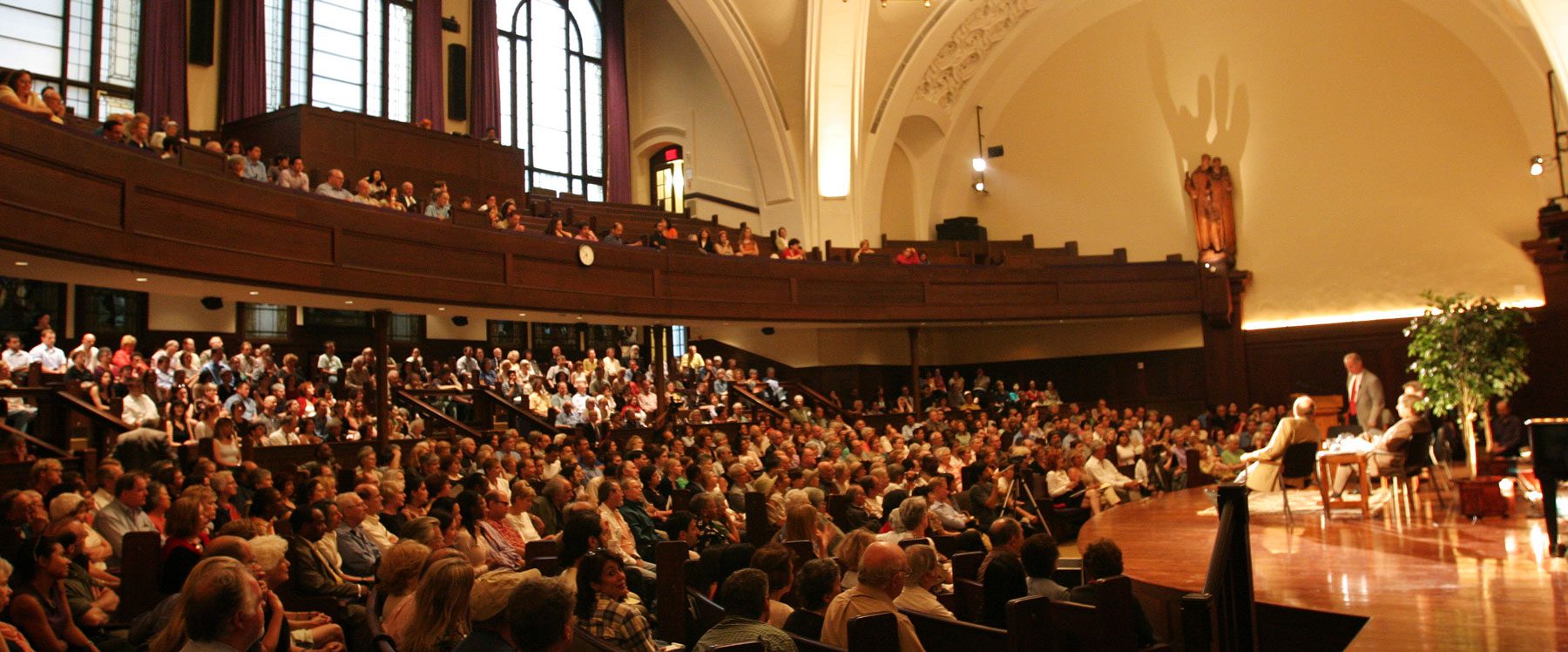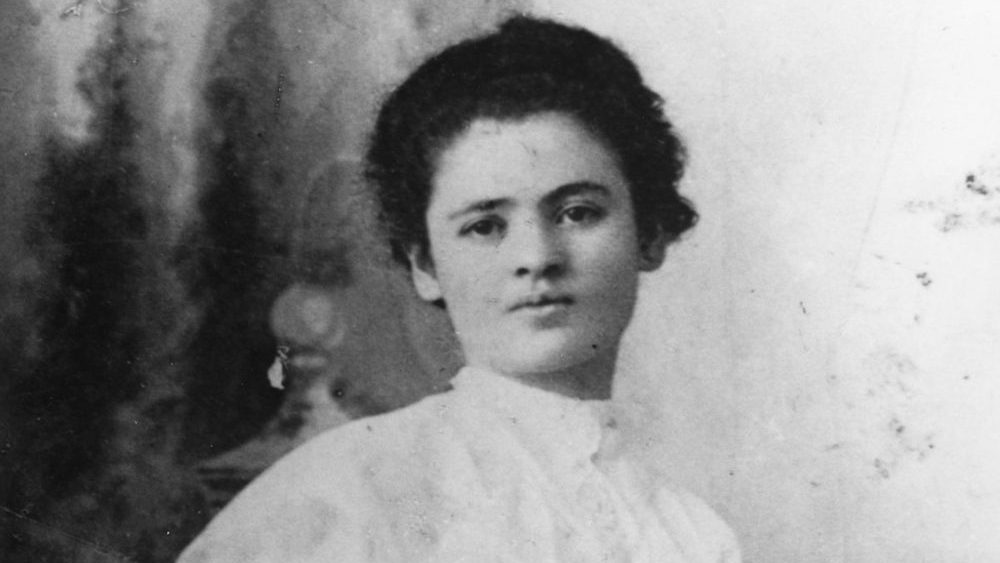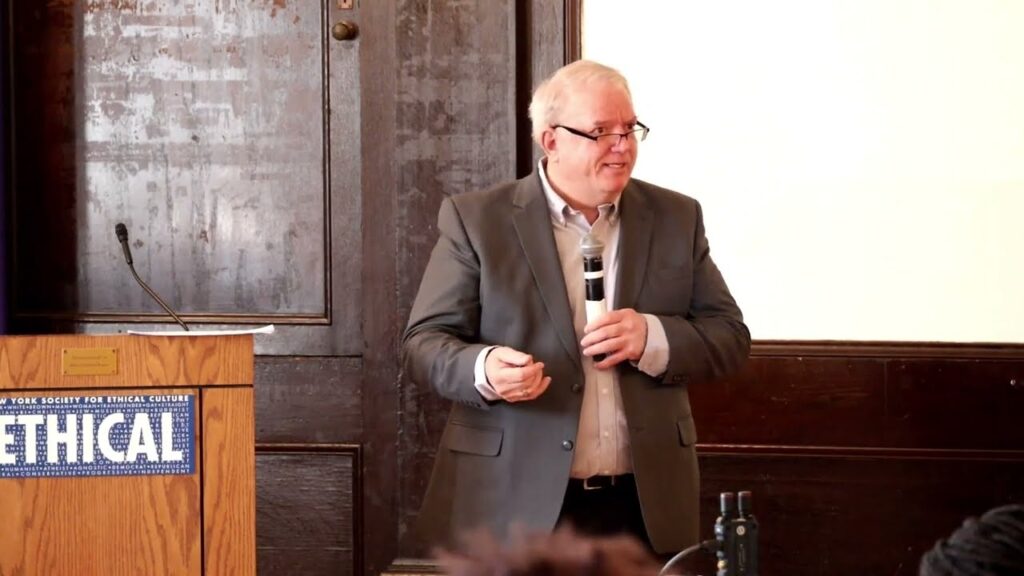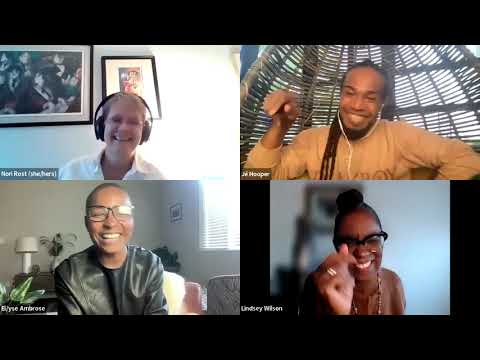
This summer we watched as one group of children was trapped in, and subsequently rescued from, a flooded cave in Thailand while another group was separated from their parents at the southwest border of the United States and held hostage to a cruel immigration policy called “zero tolerance.” A New Yorker cartoon captured the contrast by depicting children in a detention cage in Texas watching the rescue in Thailand on television.
We all watched. From June 23 when twelve members of the Wild Boar soccer team, aged 11 to 16 years, and their coach became trapped in the Tham Luang caves by monsoon rains to July 2 when British divers found them on a rocky ledge to the death of a former Thai Navy Seal on July 6 from lack of oxygen to the successful conclusion of the complex international rescue effort on July 10, we virtually joined their parents, who maintained a constant vigil outside the caves praying for their safe return.
Hundreds of experts from around the world flew in to help. Divers described treacherous conditions in the four kilometer passage that took hours to traverse. “This is the hardest mission we’ve ever done. Every step of the extraction is risky,” said Narongsuk Keasub, a diver for the Electricity Generating Authority of Thailand. He added, “I’m quite emotional as a father. Everybody has this feeling because we feel like it’s our children who are inside the cave.” Our children.
I try to imagine the desperation that drives parents to risk their and their children’s lives to escape from the violence in their home countries, only to be treated as criminals at the U.S. border and have their children ripped from their arms. What I cannot imagine is the trauma these children experience. But Commander Jonathan White of the U.S. Public Health Service Commissioned Corps could imagine it. He and the Office of Refugee Resettlement told the Trump administration last year that “There’s no question that separation of children from parents entails significant potential for traumatic psychological injury to the child.” The administration’s response was that family separation was not a policy.
However, on April 6, Attorney General Jeff Sessions announced a “zero tolerance” policy and directed federal prosecutors to criminally prosecute all adult migrants entering the country illegally. This policy change resulted in the separation of families because children cannot be held in a detention facility with their parents. Nonetheless, five days later, Homeland Secretary Kirstjen Nielsen testified that there was no policy calling for such separation. Sessions later suggested that children were being “smuggled” and stated, “If you are smuggling a child, then we will prosecute you and that child will be separated from you as required by law.”
By May, White House Chief of Staff John Kelly was defending the separation as “a necessary evil” and “a tough deterrent” in the administration’s effort to enforce U.S. border laws. Nielsen, however, still denied that Trump had ordered the separation as a deterrent. On June 15, her office revealed that nearly 2,000 children had been separated from their parents from April 19 to May 31. Five days later, facing a national outcry, Trump signed an executive order, drafted by Nielsen, to keep migrant families together at the U.S.-Mexico border. On June 26, U.S. District Judge Dana Sabraw in San Diego, who described the Trump administration’s handling of the crisis as attempts “to address a chaotic circumstance of the government’s own making,” ordered U.S. immigration authorities to reunite separated families within 30 days, children younger than 5 years within 14 days.
Again, the whole world watched. We watched as the deadlines were passed, court updates were filed, and congressional hearings were held. Judge Sabraw said that the government gave no “forethought as to reunification and keeping track of people, and that’s the fallout we’re seeing. There has to be an accounting.” Sen. Richard Durbin (D-Ill) said, “Someone, someone in this administration has to accept responsibility. We can have border security without bullying. We can be safe without treating toddlers like terrorists,” and called for Nielsen’s resignation.
The boys trapped in the Tham Luang caves are now home with their families. At the end of July, U.S. federal officials said in court that 1,012 migrant parents had been reunited with their children. Six hundred other eligible children had not yet been reunified, and no details were offered on 914 minors deemed “ineligible” for reunification.
Don’t we feel like these, too, are our children? I do, and thousands of people who feel the same way are coming to their rescue: attorneys with the ACLU and KIND (Kids In Need of Defense), social workers and psychologists, neighbors offering rides and home hospitality to migrant families, and advocacy groups that are drafting corrective legislation and taking to the streets in protest. From the little girls on my block whose lemonade stand raised money for the ACLU to the caravan of Grannies Respond traveling to McAllen, Texas, where they held rallies and vigils with a message of human decency, Americans are standing up for these children and together with their parents.
It is important that we find and nurture hope in these hard times. Children themselves inspire me. On August 10, we hosted a youth-led March for Our Lives rally featuring students from Marjorie Douglas Stoneman High School who traveled by bus across the country to register young people to vote and educate them about elected officials who refuse to stand up to the NRA. On July 30, the U.S. Supreme Court denied the administration’s request to halt proceedings in a landmark lawsuit (Juliana v. United States) brought by young people who argue that government policies have exacerbated global climate change in violation of their constitutional rights and those of future generations.
And in July I spent a weekend near Jackson, Mississippi with the Encampment for Citizenship, whose youth spent the month learning about and creating participatory democracy. They visited the Civil Rights Museum in Jackson, the Emmett Till Interpretive Center in Sumner, and the National Memorial for Peace and Justice (aka Lynching Museum) in Montgomery, Alabama. They were guests of the Choctaw Nation and engaged in local community service. Then they planned an intergenerational weekend and shared with us adults what they had experienced. I am a mentor to my two buddies, Maryam and Bernice (see photo), who live in the NYC area, but they mentor me in hope.








